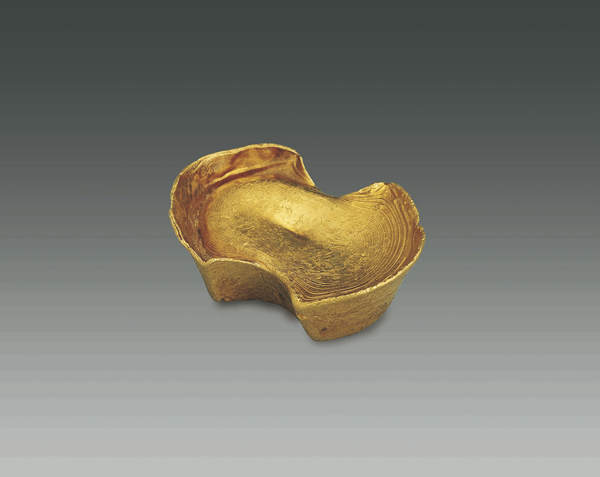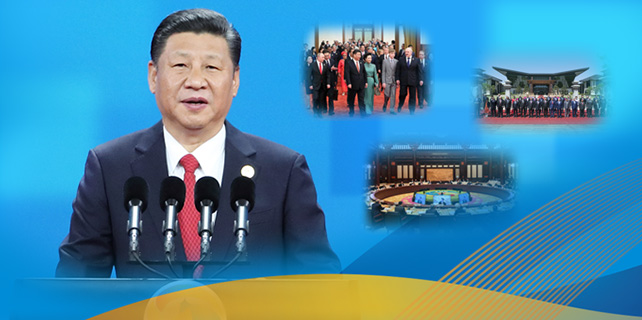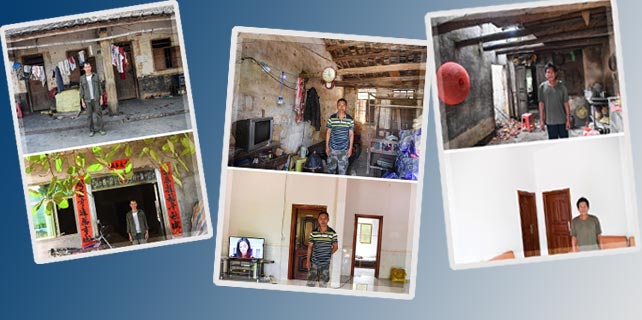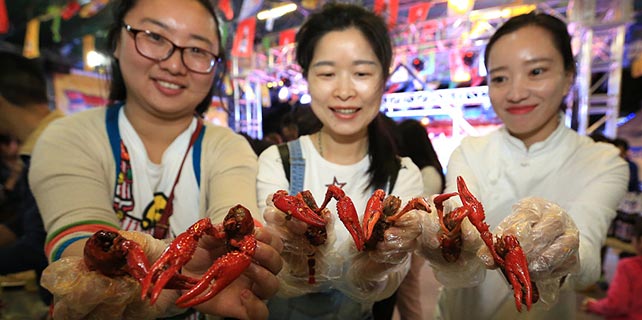Historic mausoleum's story of love, exile, life and death
 |
|
Gold ingot, once placed at each corner inside the coffins at Dingling Mausoleum. [Photo provided to China Daily] |
In 1957, when members of the excavation team entered the underground tomb, they initially saw little: the first chamber was empty, with a stone floor covered by rotted wooden boards. A deep rut in the floor suggested that the coffins had been carried inside by carriages.
Three stone thrones were laid out in a half-circle in the second and the middle chamber, symbolizing the emperor and his two empresses. In front of the thrones were yellow glass vases and giant blue porcelain ones-sacrificial offerings to the deceased.
"The blue vases were filled with solid beeswax in which half-burnt candlewicks were planted," Sun says. "This is what ancient Chinese called 'the eternal light'. The candlewicks may have burned for some time after the stone gate was closed in 1620, but eventually went out due to lack of oxygen."
On both sides of the middle room were ancillary chambers-largely vacant with an elevated stone deathbed in each room. There was no coffin.
"Historians believe that the 'beds' were once for the coffins of low-level concubines of a Ming emperor, who were forced to hang themselves at their master's death," Sun says.
















